
Kudos has partnered with CardRatings and Red Ventures for our coverage of credit card products. Kudos, CardRatings, and Red Ventures may receive a commission from card issuers. Kudos may receive commission from card issuers. Some of the card offers that appear on Kudos are from advertisers and may impact how and where card products appear on the site. Kudos tries to include as many card companies and offers as we are aware of, including offers from issuers that don't pay us, but we may not cover all card companies or all available card offers. You don't have to use our links, but we're grateful when you do!
State Farm Credit Cards Review: Are They Worth It in 2025?
July 1, 2025

.webp)
If you're already a State Farm customer, you've probably received mail about their co-branded credit cards. With promises of cash back on insurance premiums and everyday purchases, these cards sound pretty appealing. But are State Farm credit cards actually worth adding to your wallet?
The short answer: Maybe, if you're already paying State Farm for insurance. These cards offer a rare benefit—earning cash back on insurance payments—but they come with restrictions that make them less competitive than other cash back cards for general spending.
Let's break down everything you need to know about State Farm's credit card lineup, from rewards structure to hidden perks, so you can decide if one belongs in your wallet.
State Farm's Credit Card Lineup
State Farm partners with U.S. Bank to offer three credit cards, each designed for different customer needs. All three cards charge no annual fee, making them accessible options for State Farm customers looking to earn rewards or save on interest.
The State Farm® Premier Cash Rewards Visa Signature® is the flagship rewards card offering 3% cash back on insurance premium payments up to $4,000 spent annually, 2% cash back at gas stations, electric vehicle charging stations, drug stores, grocery stores and on dining including takeout and food delivery services, and 1% cash back on all other purchases. New cardholders can earn a $150 bonus after spending $500 in the first 90 days.
[[ SINGLE_CARD * {"id": "2205", "isExpanded": "false", "bestForCategoryId": "15", "bestForText": "State Farm Customers", "headerHint": "3x on Insurance"} ]]
The State Farm® Good Neighbor Visa® focuses on financing rather than rewards. It offers a low introductory APR on purchases and balance transfers for 18 billing cycles, making it useful for larger purchases or debt consolidation. However, it doesn't earn any cash back rewards.
[[ SINGLE_CARD * {"id": "2203", "isExpanded": "false", "bestForCategoryId": "15", "bestForText": "State Farm Customers", "headerHint": "Low Intro APR"} ]]
The State Farm Business Cash Rewards Visa Signature Card targets small business owners with 3% cash back on insurance premium payments up to $4,000 spent annually, 3% cash back at gas stations, cell phone service providers, office supply stores and on dining, 1% cash back on all other purchases, and a $100 annual credit for business software subscriptions.
[[ SINGLE_CARD * {"id": "2202", "isExpanded": "false", "bestForCategoryId": "15", "bestForText": "State Farm Customers", "headerHint": "3% on Phone Service"} ]]
All three cards include cell phone protection up to $600 if your phone is stolen or damaged, provided you pay your wireless phone bill with your State Farm card.
The Insurance Rewards Advantage
The standout feature of State Farm credit cards is earning 3% cash back on insurance premium payments—a category almost no other credit card rewards. For State Farm customers paying hefty monthly or annual insurance premiums, this can add up to meaningful savings.
Here's how the math works: if you pay $2,000 annually in auto insurance premiums, you'll earn $60 back at 3%. If you're also paying homeowners insurance of $1,500 per year, that's another $45 back. Combined, you're looking at $105 in cash back just from insurance payments alone—essentially a small automatic discount on your State Farm bills.
The catch? The 3% reward rate caps at $4,000 in annual spending, which equals $120 in maximum cash back per year from insurance purchases. After you hit that $4,000 threshold, insurance purchases earn just 1% back like everything else.
Paying insurance premiums with credit cards? Kudos automatically tracks which cards give you the best rewards for insurance payments and helps you maximize cash back across all your spending categories.
How State Farm Cards Compare to Other Cash Back Cards
While the insurance category is unique, State Farm credit cards lag behind top cash back cards in overall value. The 2% cash back on gas, groceries, drugstores, and dining is solid but not exceptional—many flat-rate cards offer 2% back on everything with no category restrictions.
The 1% back on all other purchases is merely baseline. Top flat-rate cards like the Citi Double Cash® Card earn 2% on all purchases (1% when you buy, 1% when you pay), effectively doubling your earnings on non-bonus category spending. Cards with rotating quarterly categories often offer 5% back on specific purchases, far exceeding State Farm's rates.
[[ SINGLE_CARD * {"id": "580", "isExpanded": "false", "bestForCategoryId": "15", "bestForText": "Everyday Spenders", "headerHint": "No Annual Fee"} ]]
State Farm cards also charge a 3% foreign transaction fee, making them poor choices for international travel. Many competing cards waive foreign transaction fees entirely, allowing you to use them abroad without penalty.
The real value proposition comes down to whether you benefit enough from the insurance rewards to offset the card's limitations in other areas.
Hidden Perks Worth Knowing About
Beyond cash back, State Farm credit cards include several benefits that many cardholders overlook. Cell phone protection covers up to $600 if your phone is stolen or damaged, provided you pay your monthly wireless bill with the card. This benefit alone can be worth more than the card's rewards if you ever need to replace a damaged phone.
The Auto Deductible Reimbursement Program offers up to $200 off your auto insurance deductible when you file a claim for a covered loss, but only if you made at least 8 purchases with the card in the previous month. Some cardholders report this benefit can be difficult to track and redeem, with customer service representatives sometimes unaware it exists.
As Visa Signature cards, both Premier Cash Rewards cards come with purchase security covering new items against theft or damage for 90 days after purchase, extended warranty protection adding an extra year to manufacturer warranties, and travel accident insurance providing coverage during trips.
State Farm cards also include access to Roadside Dispatch, ID Navigator Powered by NortonLifeLock for identity theft protection, and Dovly Uplift for credit report monitoring—though the effectiveness of these services varies by individual needs.
Who Should Get a State Farm Credit Card?
State Farm credit cards make the most sense for existing State Farm customers who pay significant insurance premiums annually and want to earn cash back on those payments. If you're spending $3,000-$4,000 per year on State Farm insurance, the 3% cash back essentially gives you a small discount on your premiums that no other card offers.
These cards also work well for State Farm customers who primarily spend in the 2% bonus categories—gas, groceries, drugstores, and dining—and who don't have other cards offering better rates in those categories. The no annual fee structure means there's no cost to keeping the card long-term.
The Good Neighbor Visa card specifically benefits State Farm customers who need to finance a large purchase or consolidate debt, as the 18 billing cycle 0% intro APR period provides breathing room for paying down balances.
However, you should skip State Farm credit cards if you're not already a State Farm customer. These cards require a State Farm account number or insurance policy number to apply, and they're not worth switching insurers just to access. You'll also want to look elsewhere if you travel internationally frequently, as the 3% foreign transaction fee will quickly eat into any rewards you earn.
State Farm cards also aren't ideal if you want to maximize cash back across all spending. Flat-rate 2% cards or cards with higher category bonuses will likely earn you more overall unless insurance payments make up a large portion of your annual spending.
How to Apply and What Credit Score You Need
State Farm credit card applications require you to be an existing State Farm customer with either an insurance policy or banking relationship. You'll need to provide your State Farm account number when applying. Without this, your application will be denied regardless of your creditworthiness.
Because both rewards cards are Visa Signature products, you'll generally need good to excellent credit for approval—typically a credit score of 700 or higher. Some recent approvals reported on credit forums show scores as low as 670, but higher scores significantly improve approval odds and may result in better credit limits.
Applications can be completed through your State Farm agent or online through U.S. Bank's State Farm credit card portal. Approval is typically instant or within a few business days, assuming you meet the credit requirements. Initial credit limits reportedly range from $3,500 to $15,000 or more depending on your income and credit profile.
Maximizing Value from Your State Farm Card
If you decide a State Farm credit card fits your needs, a few strategies can help you extract maximum value. First, use the card for all State Farm insurance premium payments to capture the 3% cash back before hitting the $4,000 annual cap. If you pay premiums monthly rather than annually, make sure each payment goes on the card to steadily accumulate rewards.
Next, concentrate your 2% bonus category spending—gas, groceries, drugstores, and dining—on the State Farm card if you don't have other cards offering higher rates in those categories. This is where you'll earn most of your rewards beyond insurance payments.
Pay your monthly cell phone bill with the card to activate the cell phone protection benefit, which can save you hundreds of dollars if your phone is ever damaged or stolen. Just make sure you understand the coverage terms and exclusions.
If you want to access the Auto Deductible Reimbursement Program, make at least 8 purchases with the card every month to maintain eligibility. This requires discipline but can provide an extra $200 toward your deductible if you file a claim.
Finally, always pay your balance in full each month. State Farm cards charge variable APRs ranging from approximately 18% to 31%, which will quickly erase any rewards you earn if you carry a balance.
Common Complaints and Issues
State Farm credit card reviews reveal several recurring problems that potential applicants should know about. The most frequent complaint involves the 3% insurance rewards not posting correctly. Some cardholders report that certain insurance payments don't code as insurance transactions, particularly Medicare premiums and some health insurance payments, causing them to earn only 1% instead of 3%.
Customer service quality appears inconsistent. Multiple reviewers report representatives who are unaware of card benefits like the Auto Deductible Reimbursement Program, making it difficult to resolve issues or claim benefits you're entitled to. The online account management system also receives criticism for being glitchy and requiring frequent calls to customer service to complete basic tasks.
The reward tracking system for specialized benefits like the Auto Deductible Reimbursement has been described as unreliable, with some users finding it doesn't accurately count their monthly transactions toward the 8-purchase requirement.
These issues don't affect all cardholders, but they're worth considering if reliable rewards tracking and responsive customer service are priorities for you.
Frequently Asked Questions
Can I get a State Farm credit card if I'm not a State Farm customer?
No. State Farm credit cards are exclusively available to existing State Farm customers. You must provide a State Farm account number or policy number when applying, and applications without this information are automatically denied.
Does the 3% cash back work for all insurance payments?
The 3% cash back is intended for insurance premium payments, but it depends on how transactions are coded by merchants. Some cardholders report issues with Medicare premiums and certain health insurance payments not coding correctly, resulting in only 1% cash back instead of 3%. Auto and homeowners insurance payments through State Farm typically code correctly.
What happens to my rewards if I cancel my State Farm insurance?
Your State Farm credit card account remains open even if you cancel your insurance, but you'll lose the primary value proposition of the card. Without the insurance rewards and the close integration with State Farm services, the card becomes a fairly basic 2% cash back card with limited bonus categories. You can keep the card open for credit history purposes, but you may want to focus your spending on other cards with better overall rewards.
How does the $150 signup bonus work?
New cardholders who are approved for the State Farm Premier Cash Rewards Visa Signature Card earn a one-time $150 cash back bonus after making eligible net purchases totaling $500 or more within 90 days of account opening. The bonus is typically credited to your rewards balance 6-8 weeks after meeting the spending requirement. Existing cardholders and previous account holders don't qualify for this bonus.
Is the State Farm Business card worth it for my small business?
The State Farm Business Cash Rewards Visa Signature Card can be valuable for small businesses that pay insurance premiums and spend heavily on the 3% bonus categories (gas, cell phone service, office supplies, and dining). The $100 annual credit for business software subscriptions adds extra value. However, many business cards offer higher rewards rates or better signup bonuses, so compare carefully based on your actual spending patterns.
The Bottom Line
State Farm credit cards occupy a unique niche in the credit card market. They're not the best cash back cards available, and they won't compete with premium travel cards for perks and benefits. What they do offer is a rare opportunity to earn rewards on insurance premiums—something most other cards can't match.
For State Farm customers paying $3,000-$4,000 annually in insurance premiums, the 3% cash back can be valuable, especially combined with the $150 signup bonus and no annual fee. The cell phone protection and other Visa Signature benefits add extra value that's easy to overlook.
However, the cards fall short in several areas: mediocre rewards on non-insurance spending, a 3% foreign transaction fee, customer service inconsistencies, and rewards tracking issues. They're also exclusively available to State Farm customers, limiting their appeal.
Get a State Farm credit card if you're already a State Farm customer, pay significant insurance premiums annually, primarily spend in the 2% bonus categories, and want a no annual fee card with cell phone protection.
Skip it if you're not a State Farm customer, travel internationally often, want to maximize cash back on all purchases, or prefer cards with more reliable customer service and rewards tracking.
For most State Farm customers, these cards work best as part of a broader credit card strategy—use them for insurance payments and select bonus categories while relying on other cards for general spending and travel.
The content on this page is accurate as of the posting date; however, some benefits or terms may have changed.

Supercharge Your Credit Cards
Experience smarter spending with Kudos and unlock more from your credit cards. Earn $20.00 when you sign up for Kudos with "GET20" and make an eligible Kudos Boost purchase.
Editorial Disclosure: Opinions expressed here are those of Kudos alone, not those of any bank, credit card issuer, hotel, airline, or other entity. This content has not been reviewed, approved or otherwise endorsed by any of the entities included within the post.
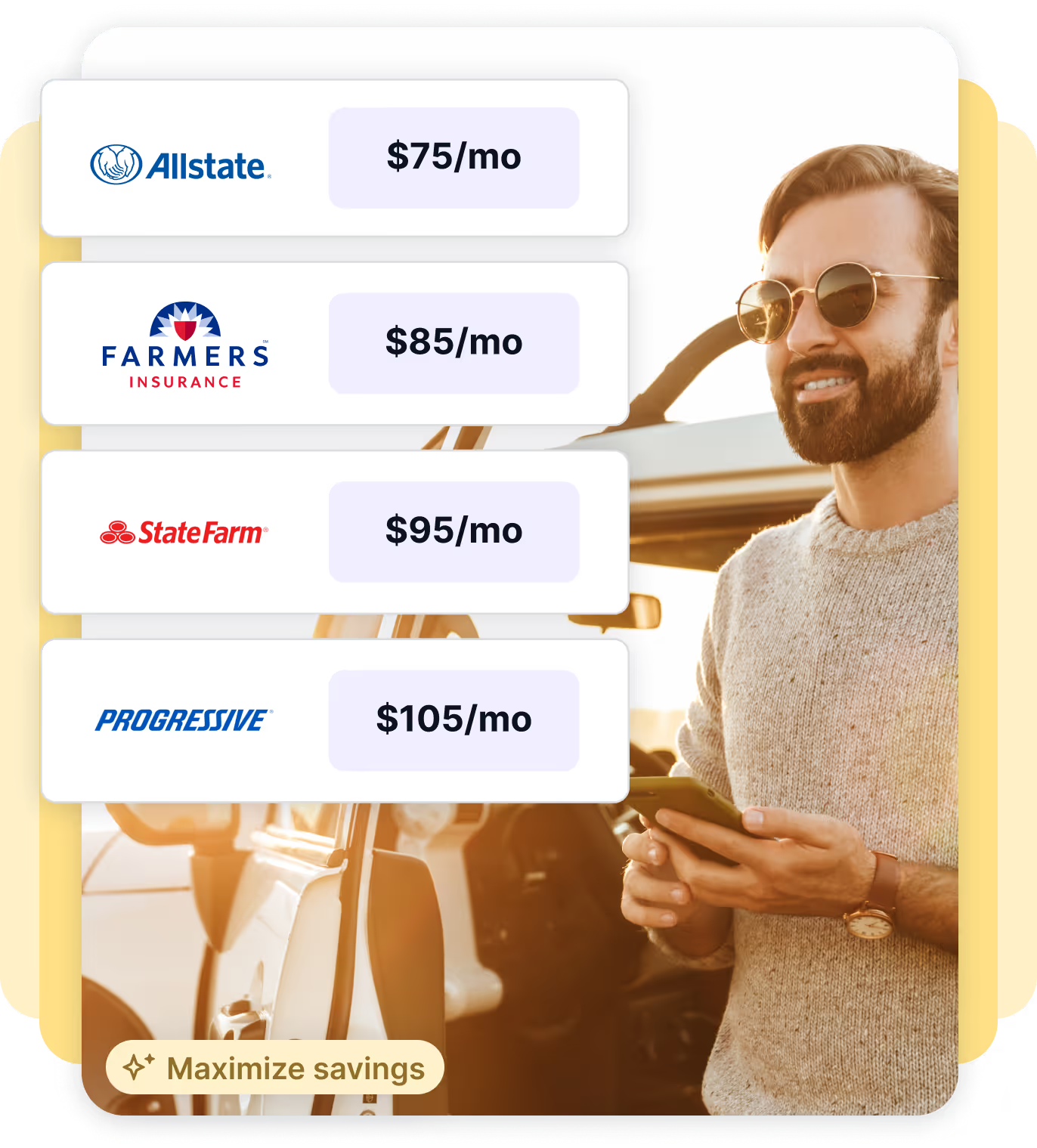
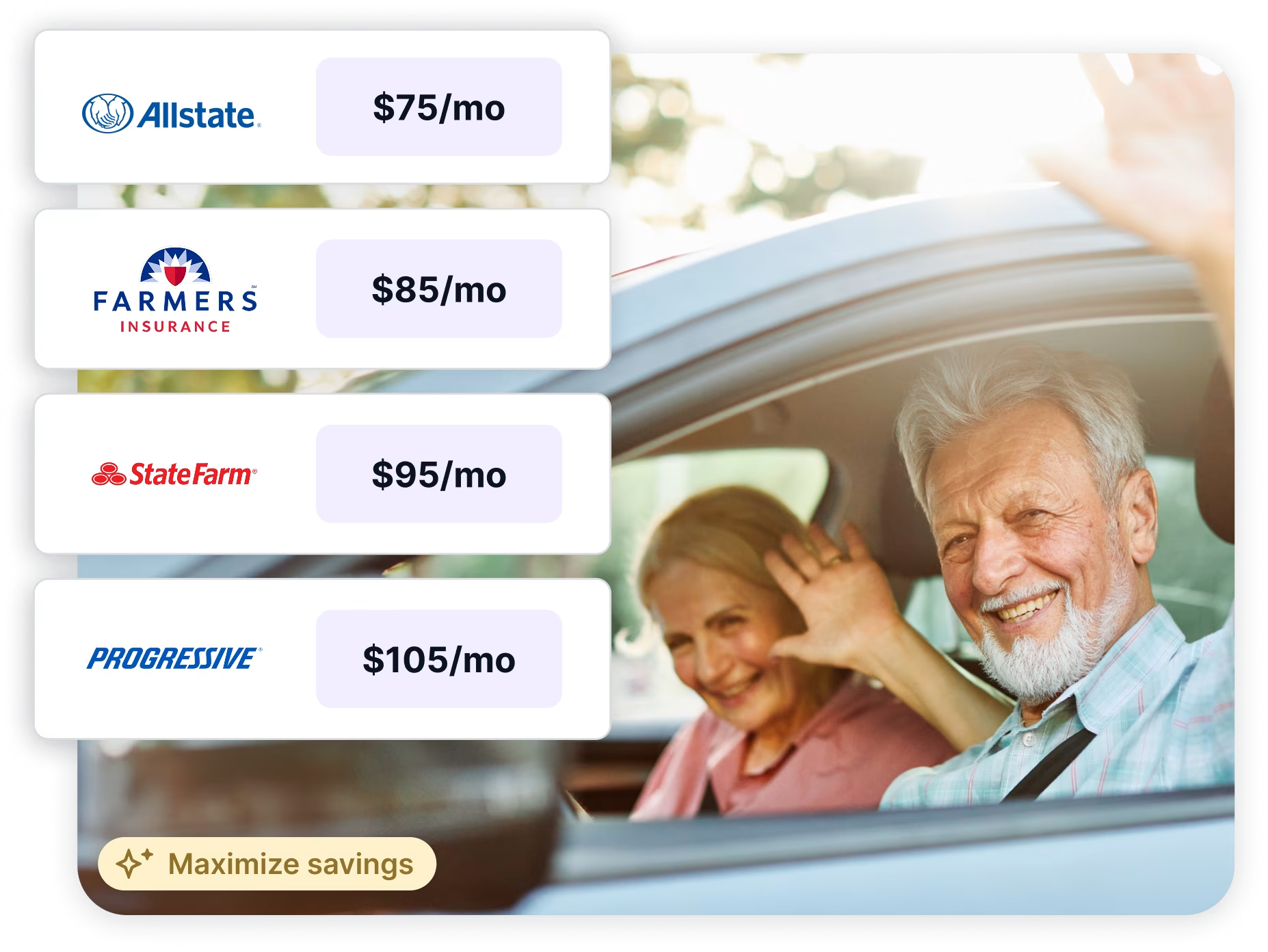
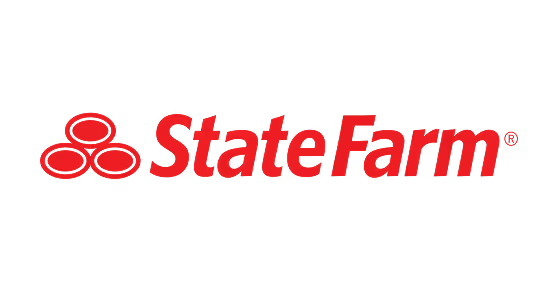
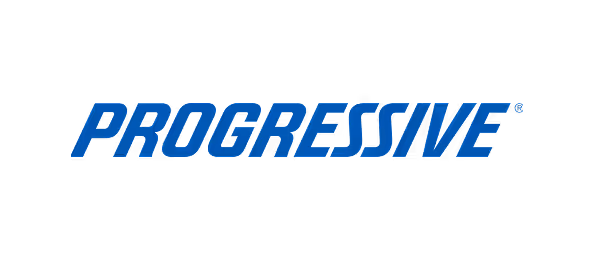
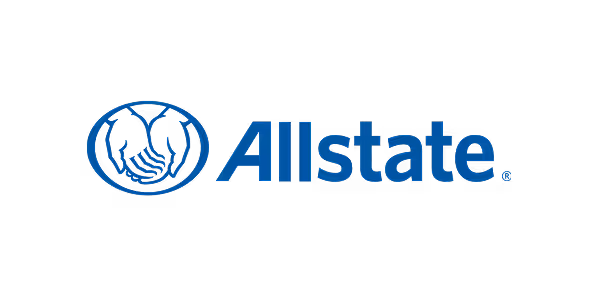





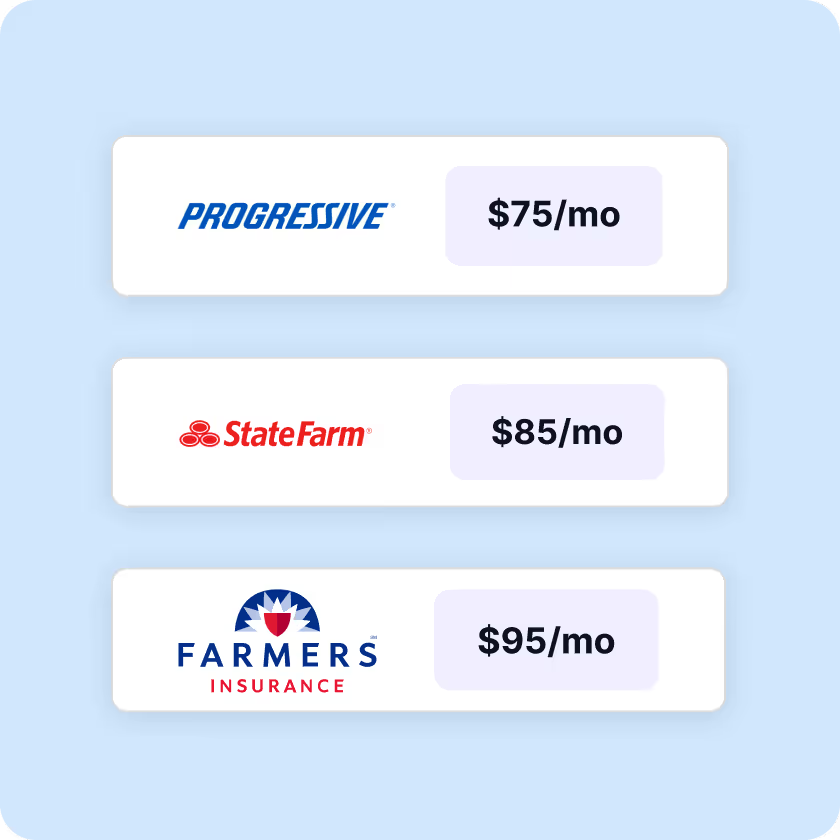
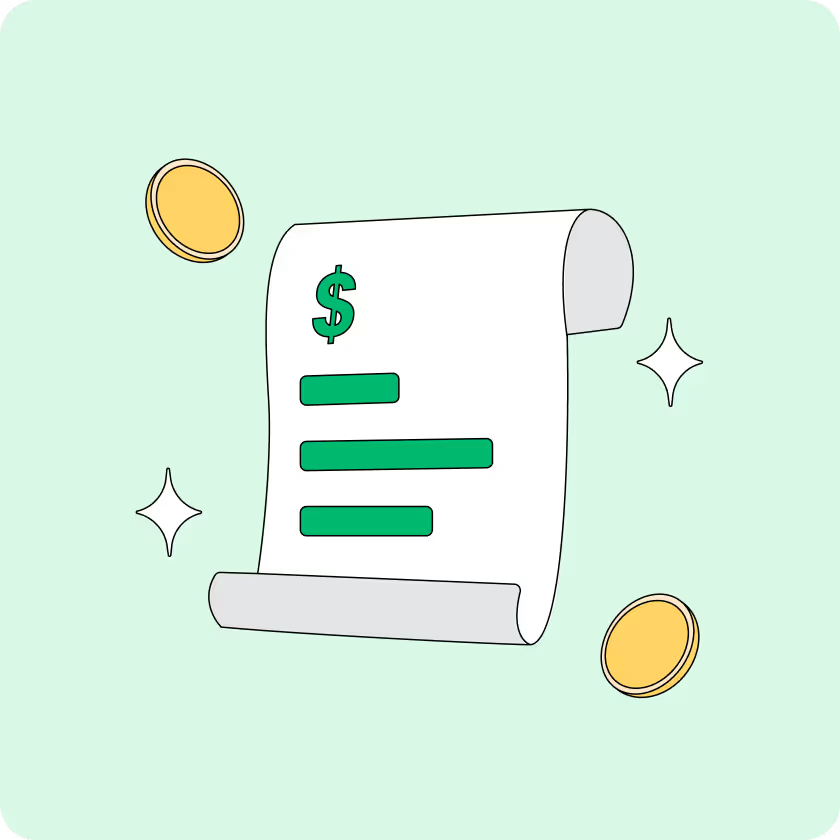


.webp)













.webp)
.webp)
.webp)
.webp)
.webp)
.webp)
.webp)
.webp)
.webp)